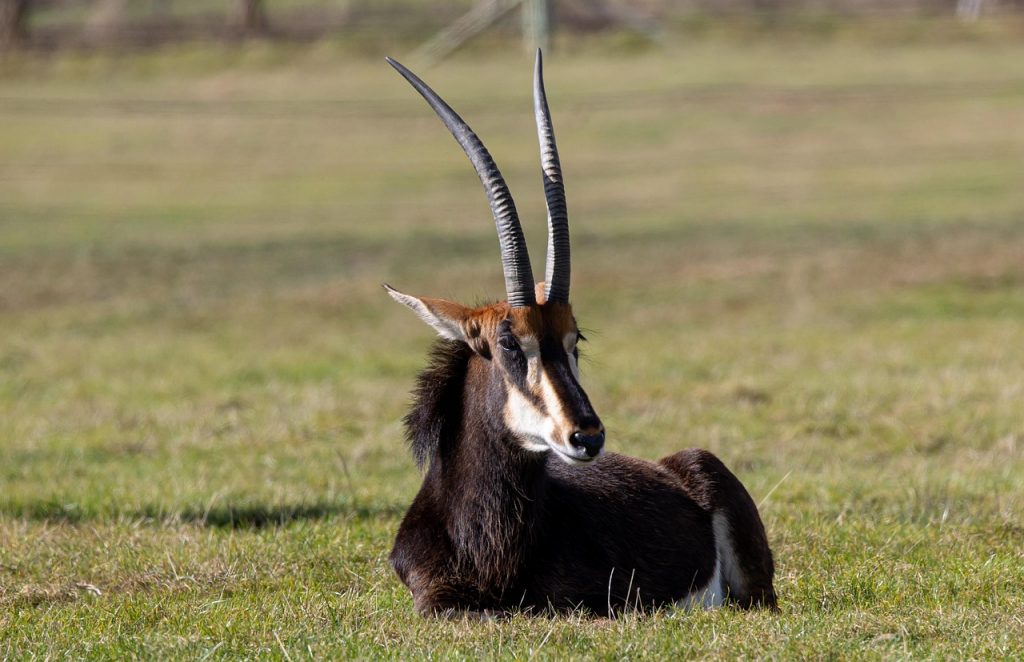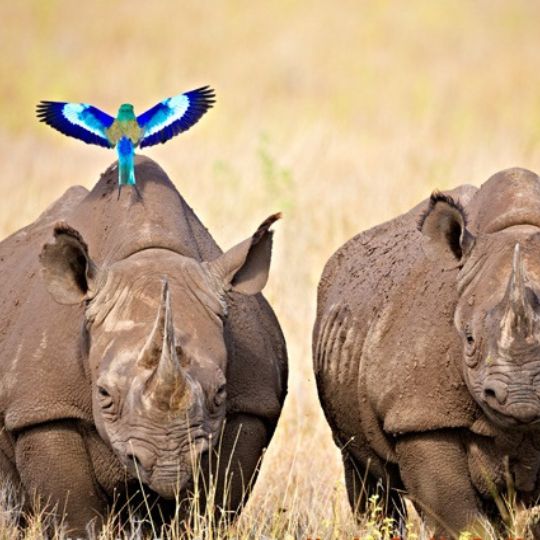In July 2025, the World Book of Records (UK) officially recognized the Maasai Mara for hosting the greatest annual terrestrial wildlife migration on Earth!
If you’ve been with us for a while, you know that the Mara holds a special place in the story of Kendirita Tours. We’ve guided countless travelers through its savannahs and have always timed our safaris to witness the dramatic Great Migration.
But this recognition is a global confirmation of what every traveler who has been here before already knows by heart: the Maasai Mara is the grandest stage of nature.
Why the Recognition Matters

The World Book of Records honors extraordinary human achievements and natural wonders across the globe. For the Mara, the accolade celebrates the sheer scale and spectacle of the Great Migration.
Over 1.5 million wildebeests, zebras, and antelopes make a daring, cyclical journey between Tanzania’s Serengeti and Kenya’s Maasai Mara, in a trek that covers a round-trip of 800 kilometres. The migration displays nature’s drama in its purest form: risky river crossings, predators on the prowl, and the enduring instinct of survival.
This recognition shines a spotlight on Kenya’s incredible conservation efforts, while cementing Masai Mara’s global fame.
A Story of Protection and Pride

Masai Mara is one of the most biologically diverse regions on Earth. And for us, the Mara alone holds 25% of Kenya’s entire biodiversity!
Tourism Cabinet Secretary, Rebecca Miano, termed the recognition “a historic milestone” for Kenya’s tourism and conservation sector, reminding the world that the Mara is truly a natural wonder.
Narok’s (Masai Mara’s home county) Governor, Patrick Ole Ntutu, credited ongoing conservation reforms, such as the tech-enabled ranger patrols and community-led initiatives, as essential for protecting the ecosystem.
When to See the Great Migration

If you want to witness the Great Migration in all its glory, now is the moment to go. Plan your safari between July and October, when the plains are alive with the movement of millions; or come any time of year for gripping predator–prey encounters. This August, we’ve been guiding our guests through the Mara, and they’ve been nothing short of thrilled.
Wildlife Richness

- The reserve hosts over 95 species of mammals, including the Big Five (lion, leopard, elephant, buffalo, and black rhino).
- There are an estimated 850–900 lions, especially within the broader Mara ecosystem.
- Elephants in the ecosystem number over 2,400 individuals.
- The reserve also supports 35–50 black rhinos, particularly near the Mara Triangle.
- Predators beyond lions and leopards include cheetahs, spotted hyenas, and the African wild dogs.
- There’s a vibrant array of grazers like Masai giraffes, topis, elands (the largest antelope in Africa), gazelles, buffalos, and impalas.
- Acacia trees dot the landscape, providing food and shelter, especially for giraffes, and contributing to the Mara’s signature “spotted” terrain, after which the reserve is named.
- The Mara River is home to both hippos and Nile crocodiles, key actors during the dramatic Great Migration river crossings.
Let’s go see the Mara

Beyond the drama unfolding on land, more action ensues in the air. Masai Mara is a top birding destination, hosting between 470 to 500 species of birds. Is it any wonder that it now belongs in the World Book of Records? We think not.
Masai Mara is Mother Nature’s masterpiece; a living, breathing gift. And here at Kendirita, nothing brings us more joy than sharing it with you. So, shall we go see the Mara together?
Writer: Winnie Wekesa
